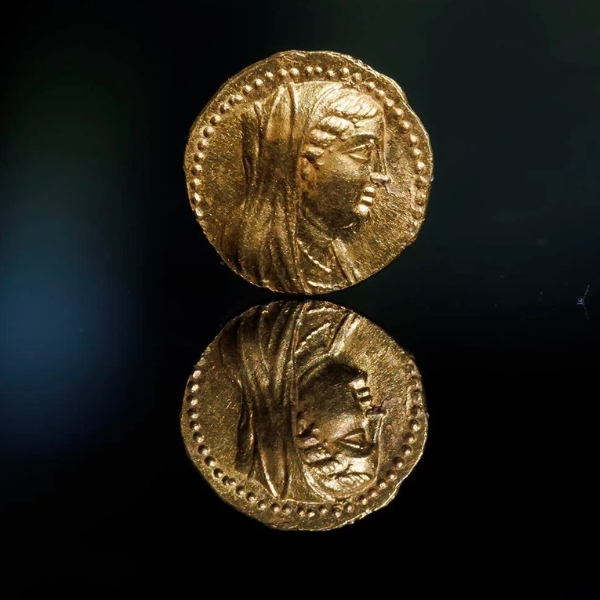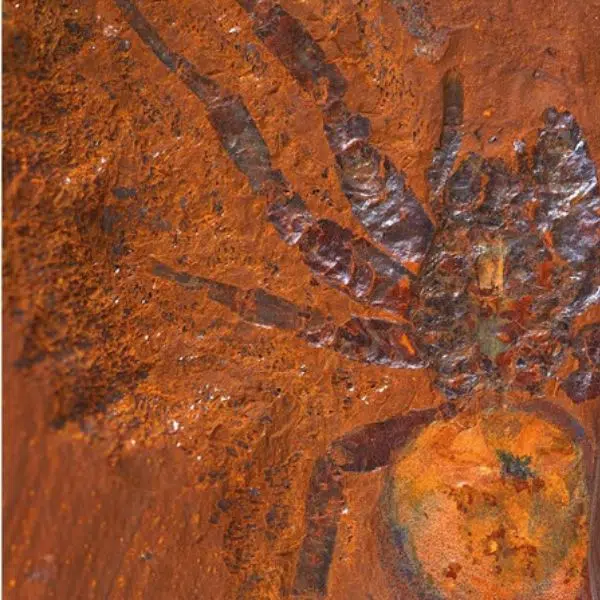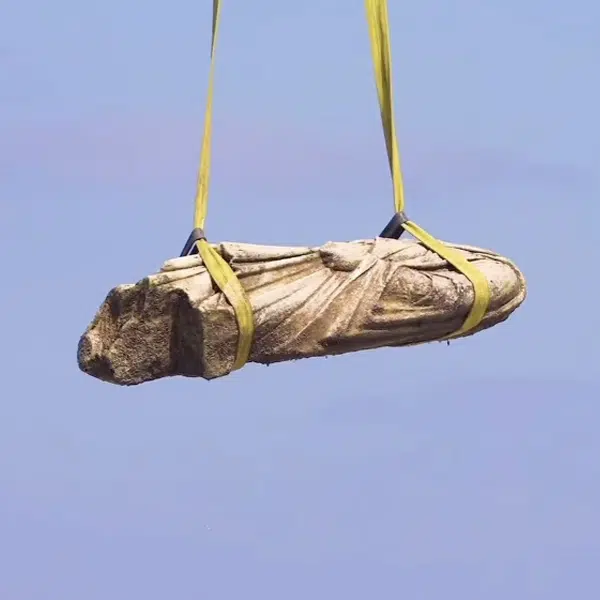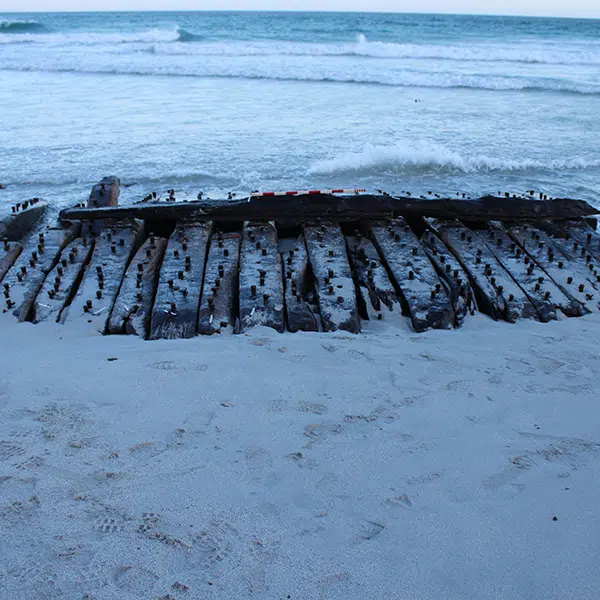
The formerly “fake” sword. (Photo: Field Museum)
Hoaxes abound in archeology. Anytime an artifact appears, observations on its appearance, provenance, discovery, materials, style, and other factors help scholars determine its authenticity. Sometimes a fake object successfully masquerades as real for many years before the truth is uncovered. But in one instance, the opposite happened. For almost 100 years, the Field Museum of Natural History in Chicago considered a metal sword in their collection to be just another fake. However, new scientific testing has revealed the sword is, in fact, an authentic 3000-year-old sword.
The sword was discovered in the Danube River in Budapest, Hungary, in the 1930s. Scholars at the time thought it was a replica of an ancient sword—well-crafted, but inauthentic. While preparing an exhibit at the museum entitled First Kings of Europe, Hungarian archeologists asked to examine the sword. They did so using a technology called an X-ray fluorescence detector. The machine emits x-rays, exposing the metal object which is the target of the study. This causes the electrons in the atoms of the object to jump and then fall, emitting radiation of their own.
By measuring this radiation, the researchers can identify the materials within the object. The sword turned out to be a mix of bronze, copper, and tin. This composition is incredibly similar to other Bronze age swords, unlike replicas. This signature mix of metals surprised researchers, proving the sword is, in fact, real. “Usually this story goes the other way round,” Bill Parkinson, curator of anthropology at the museum, said in a statement. “What we think is an original turns out to be a fake.”
The weapon dates to the Bronze Age, the period generally described as between 3300 BCE and 1000 BCE. Metalworking and long trade networks across Europe brought luxury goods to nobles across Europe. While there is no way to tell if the sword once belonged to a king, it may have been placed in the river as part of a funerary ritual or battle memorial. It can now be seen on view at the entrance to The First Kings of Europe exhibition at the Field Museum.
The Field Museum of Natural History in Chicago thought a metal sword in its collection was a fake, only to find out after 100 years that it is, in fact, an authentic 3,000-year-old Bronze Age sword.
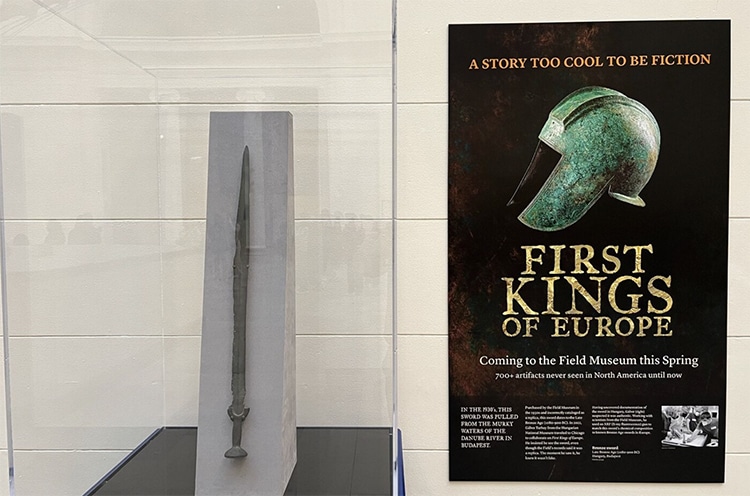
The sword on display at the Field Museum. (Photo: Field Museum)
h/t: [IFL Science]
Related Articles:
Centuries-Old Ship in Perfect Condition Is Found at the Bottom of Norway’s Largest Lake
Looted 2,500-Year-Old “Green Sarcophagus” Is Returned to Egypt
Metal Detectorist in the UK Finds a Medieval Diamond Wedding Ring
1,900-Year-Old Snacks Are Found in the Sewers Beneath the Colosseum












































































